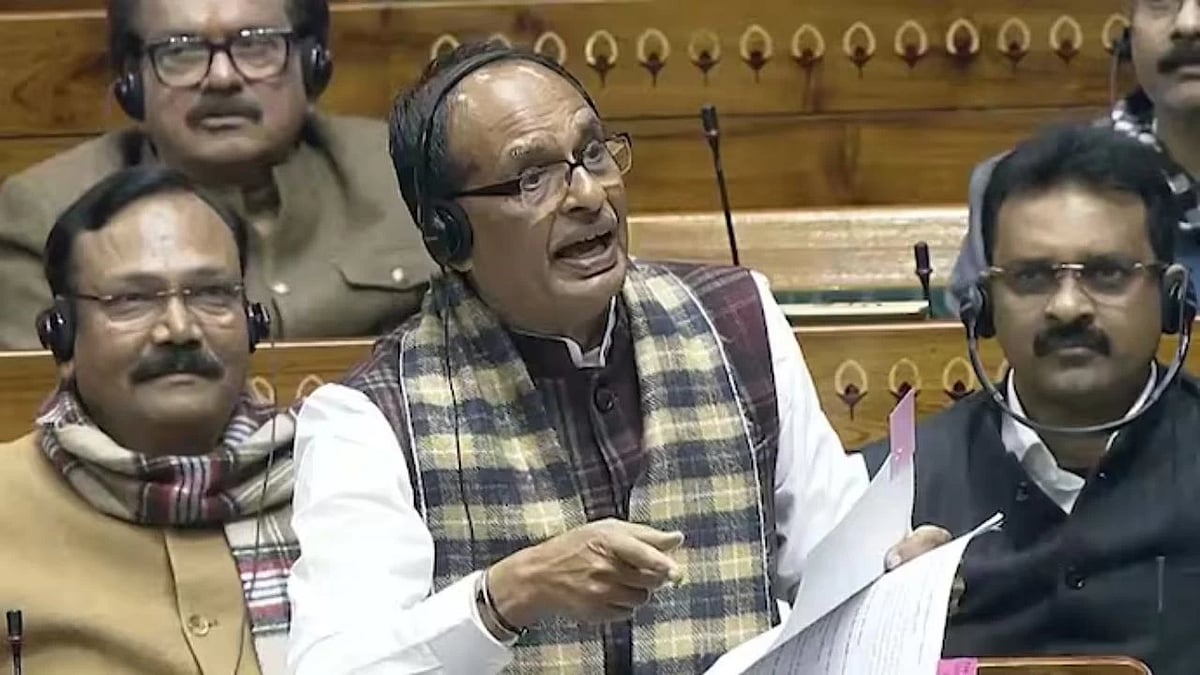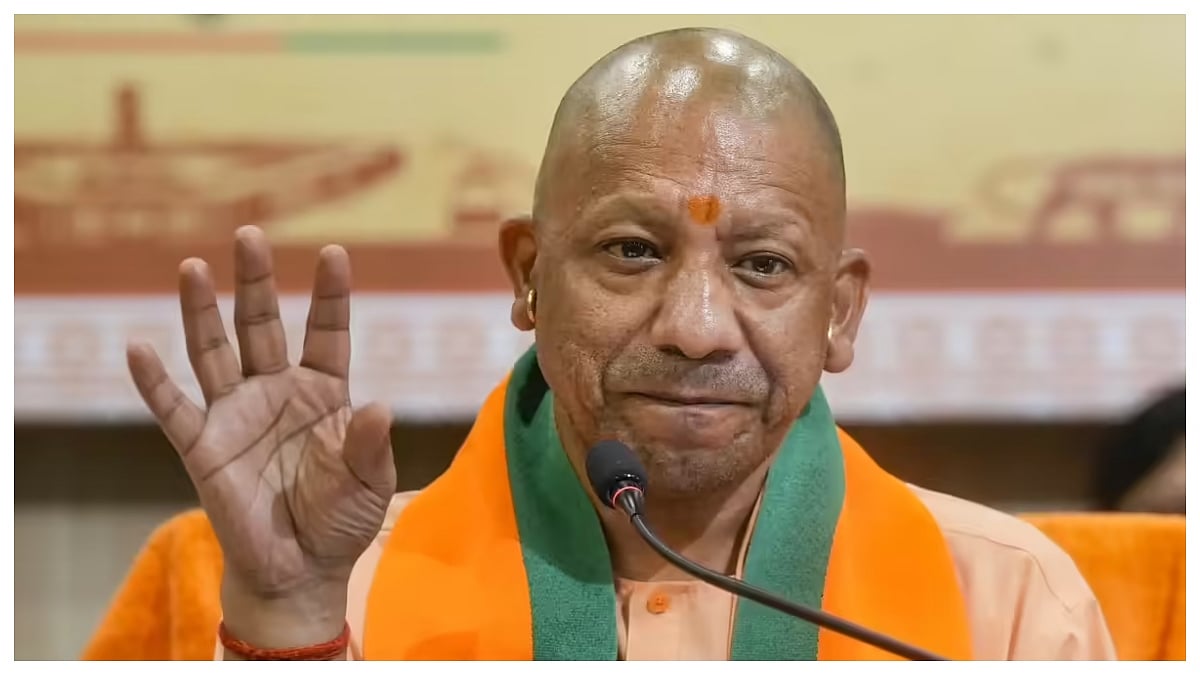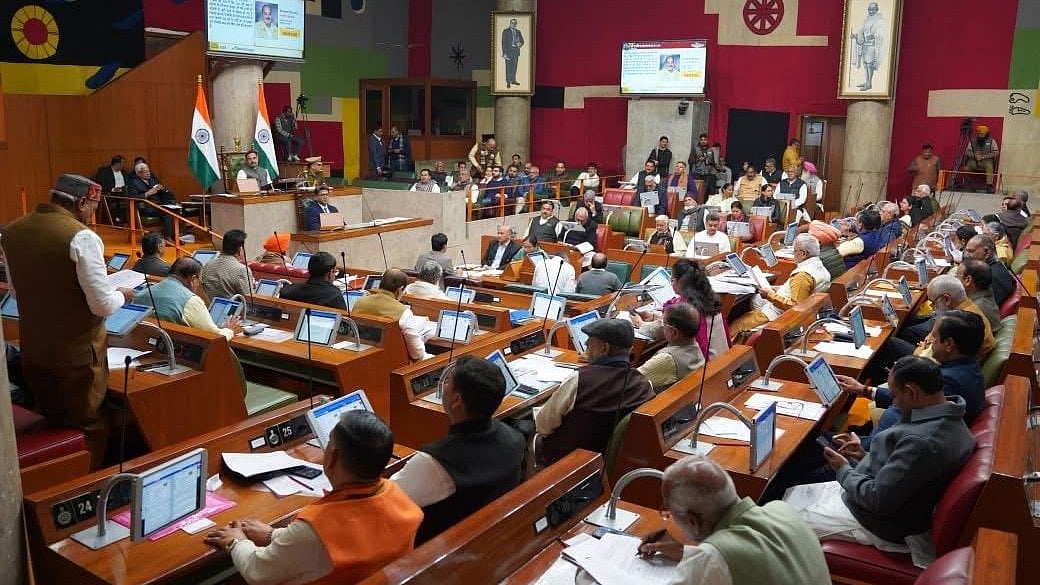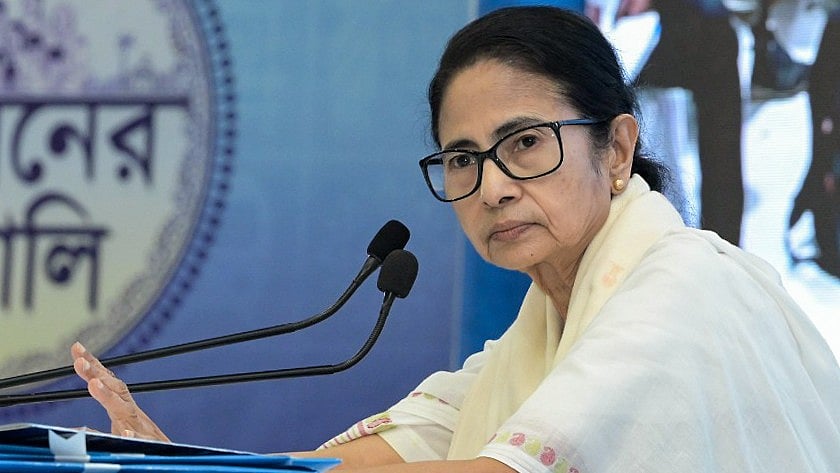New Delhi: CLASS, Chandrayaan2's Orbiter payload, in its first few days of observation, detected charged particles, and its intensity variations, the Indian Space Research Organisation said on Thursday.
The space agency in a tweet said, "CLASS, #Chandrayaan2's Orbiter payload, in its first few days of observation, could detect charged particles and its intensity variations during its first passage through the geotail during Sept."
The CLASS instrument on Chandrayaan-2 is designed to detect direct signatures of elements present in the lunar soil, ISRO said in a statement.
"This is best observed when a solar flare on the Sun provides a rich source of x-rays to illuminate the lunar surface; secondary x-ray emission resulting from this can be detected by CLASS to directly detect the presence of key elements like Na, Ca, Al, Si, Ti and Fe," the space agency said.
"While this kind of "flash photography" requires one to await an opportune time for Sun to be active, CLASS in its first few days of observation could detect charged particles and its intensity variations during its first passage through the geotail during September," it added.
The space agency said, "Our Sun emits a continuous outflowing stream of electrons and protons into the solar system, called the solar wind. The solar wind plasma which has charged particles embedded in the extended magnetic field of the Sun, moves at speeds of a few hundred km per second."
It interacts with solar system bodies including Earth and its moon. Since the Earth has a global magnetic field, it obstructs the solar wind plasma and this interaction results in the formation of a magnetic envelope around Earth, called the magnetosphere.
The Earth's magnetosphere is compressed into a region approximately three to four times the Earth radius (~22000 km above the surface) on the side facing the Sun, but is stretched into a long tail (geotail) on the opposite side that goes beyond the orbit of Moon.
Approximately, once every 29 days, Moon traverses the geotail for about 6 days centered around full moon. Thus Chandrayaan-2 also crosses this geotail and its instruments can study properties of geotail at a few hundred thousand kilometers from Earth.









